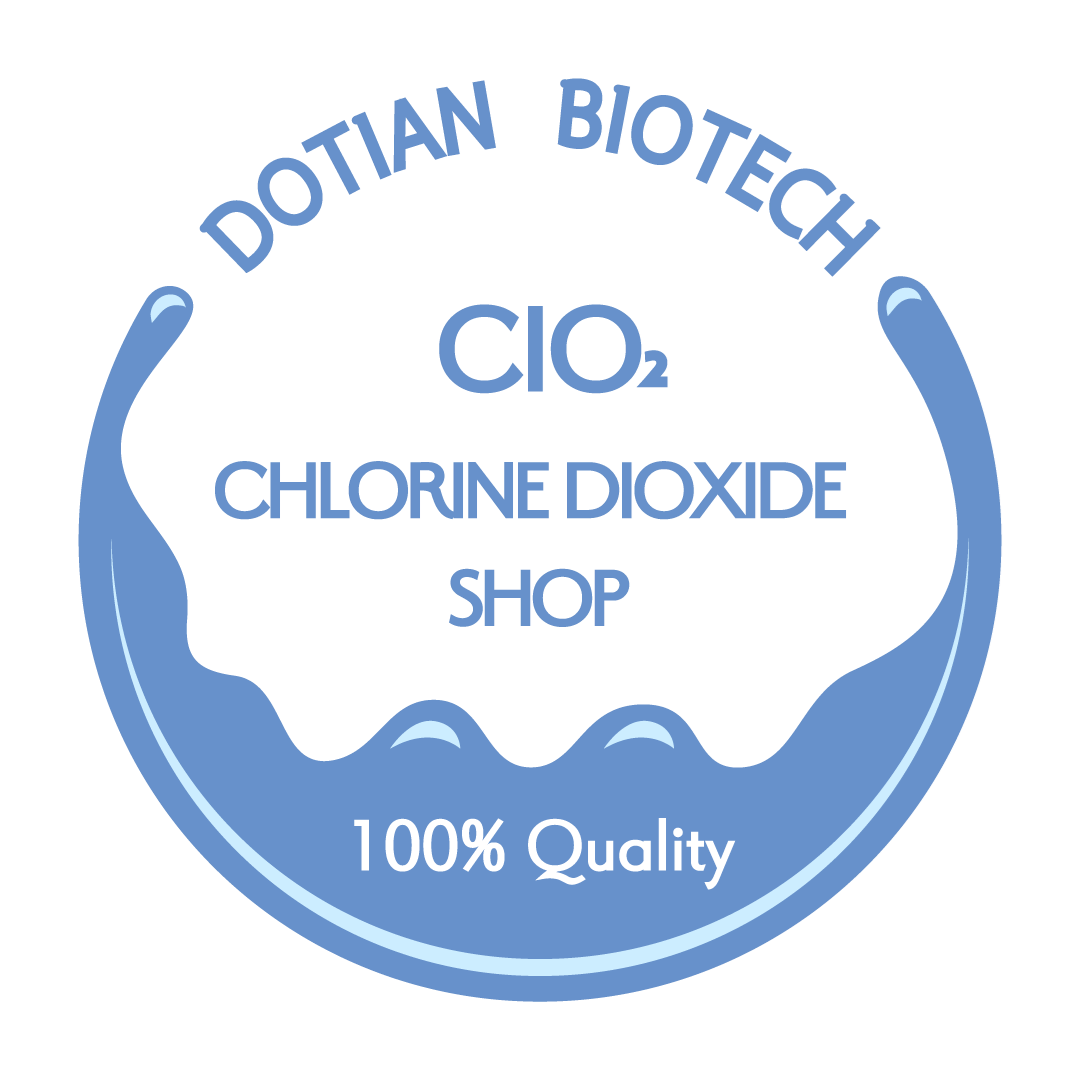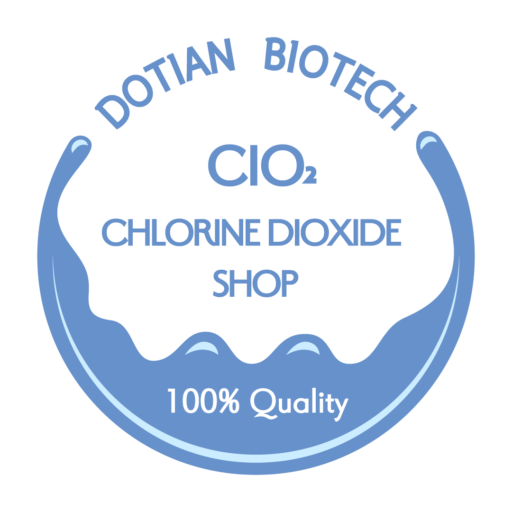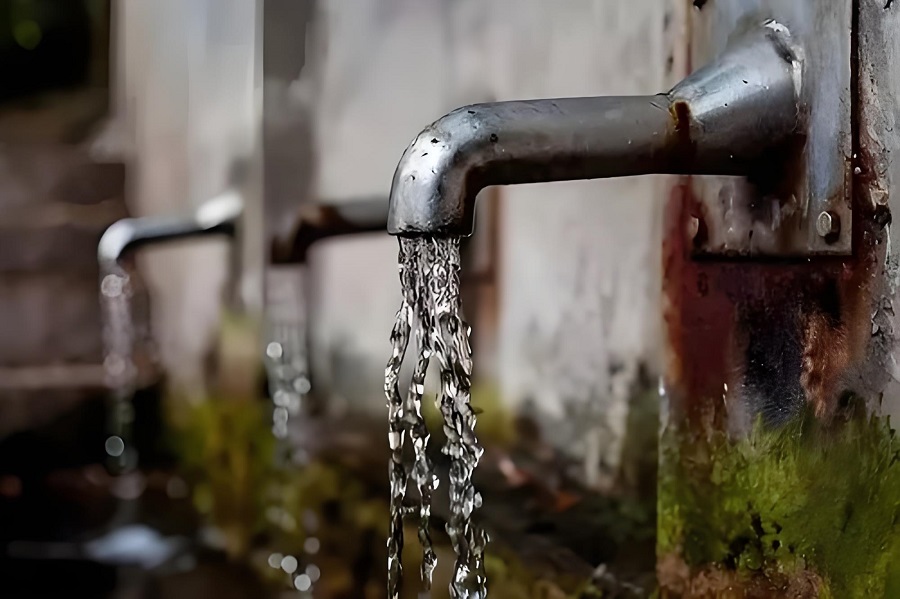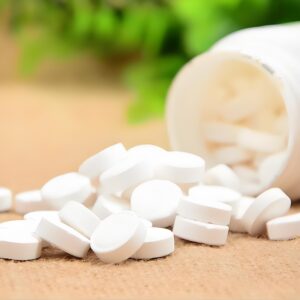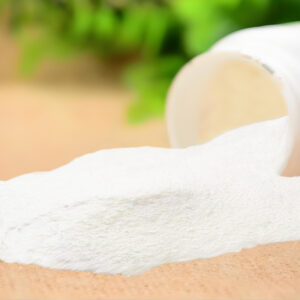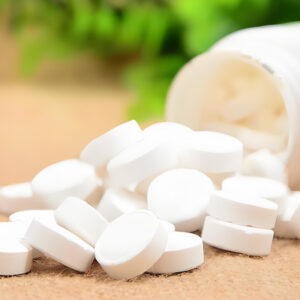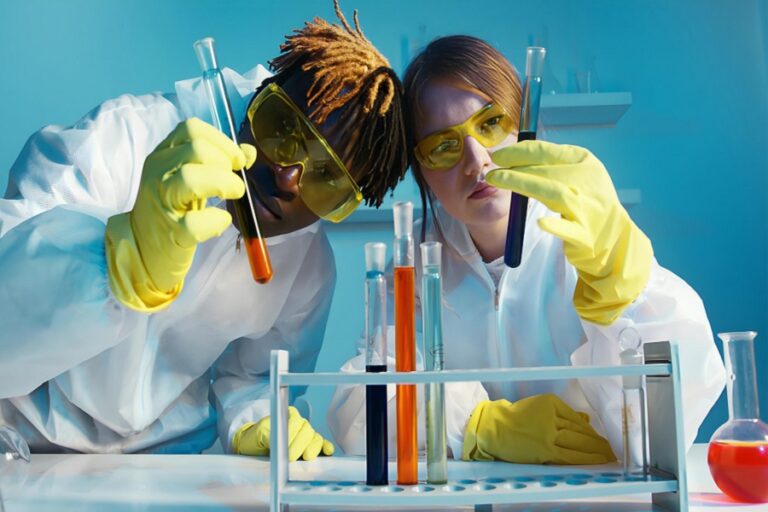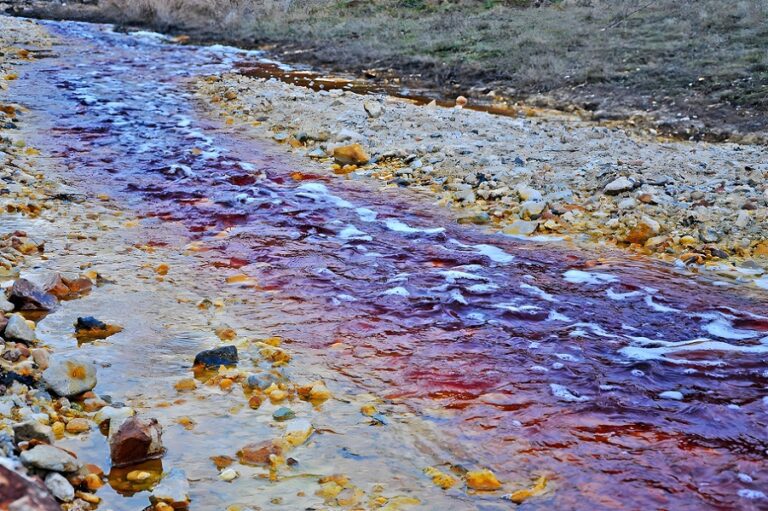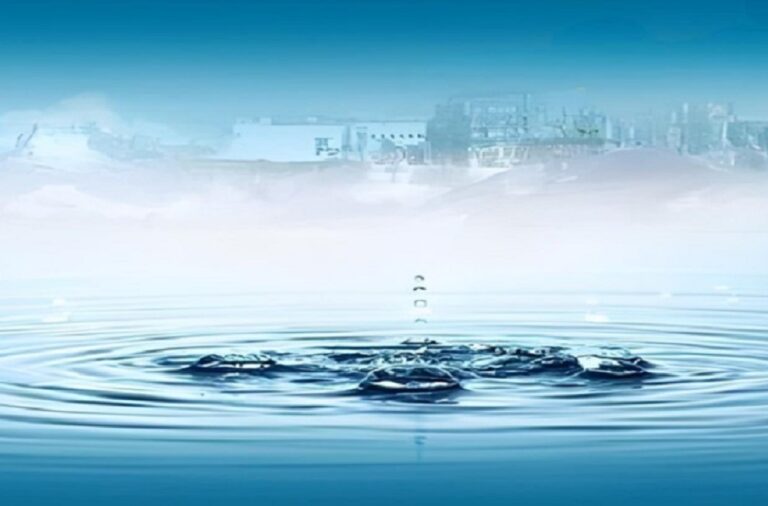Key words: Disaster Recovery, Safe Drinking Water, Water Purification
In the aftermath of natural disasters, access to safe drinking water is a critical priority. Disrupted infrastructure and contaminated water sources can quickly lead to outbreaks of waterborne diseases, exacerbating the challenges faced by affected communities. Chlorine Dioxide (ClO2) has emerged as a highly effective solution for water purification in such emergencies, providing a rapid and reliable means to ensure water safety. This article delves into the technical aspects, environmental benefits, and economic advantages of using Chlorine Dioxide, particularly in the form of DOTIAN® chlorine dioxide effervescent tablets and powder, for disaster recovery efforts.
The Complexity of Safe Drinking Water Purification in Crisis Situations
Disasters such as floods, earthquakes, and hurricanes often compromise water infrastructure, leading to widespread contamination of water sources. This contamination can include pathogens, chemicals, and debris that pose serious health risks. The traditional methods of water purification may fall short in these scenarios due to several challenges:
- High Levels of Contaminants: Natural disasters often introduce large quantities of organic matter into water sources, complicating the purification process.
- Disrupted Supply Chains: The transportation and distribution of clean water become logistical nightmares in disaster zones, with damaged infrastructure hampering efforts.
- Resource Scarcity: Limited access to water treatment chemicals and equipment further complicates the provision of safe drinking water.
Chlorine Dioxide: A Technologically Advanced Solution for Safe Drinking Water
Chlorine Dioxide is not just a disinfectant; it is a powerful oxidizing agent that offers unique advantages over traditional chlorine-based solutions. Its ability to disrupt the cell walls of a wide spectrum of pathogens, including bacteria, viruses, and protozoa, makes it highly effective even at low concentrations. This efficiency is particularly valuable in emergency situations where rapid response is crucial.
Technological Edge: Chlorine Dioxide Generators
DOTIAN® chlorine dioxide effervescent tablets and powder, functioning as chlorine dioxide generators, can be deployed quickly and effectively in disaster-stricken areas. These generators can produce ClO2 on-site, ensuring that water can be purified immediately, without the need for complex logistical arrangements. Moreover, ClO2 is effective in turbid water, maintaining its disinfectant properties even in the presence of organic matter—a common issue in disaster scenarios.
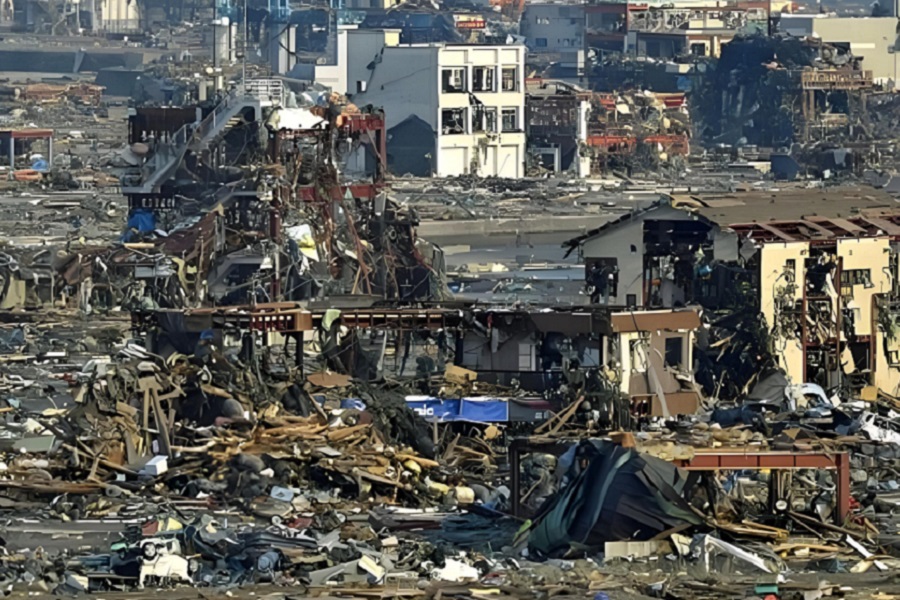
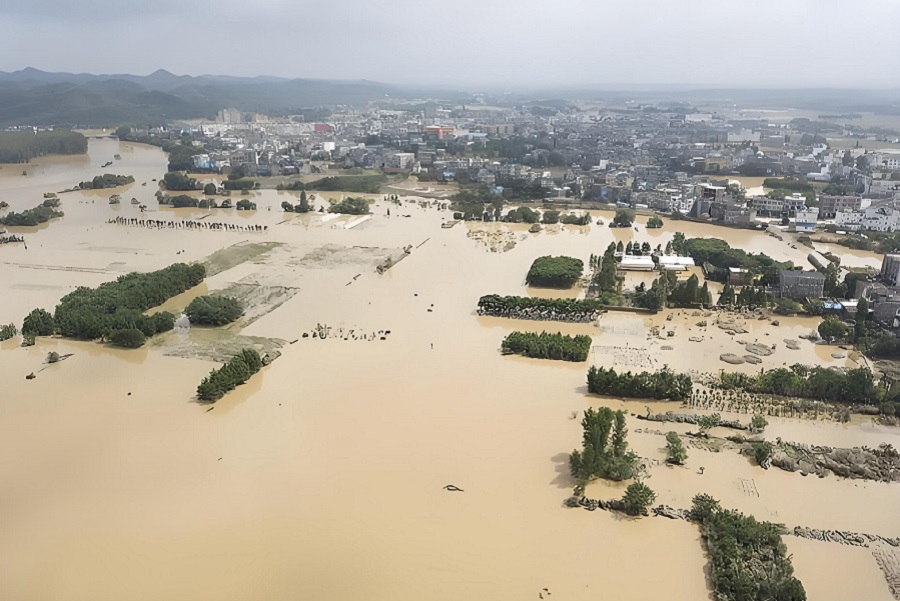
Versatility and Application Scenarios
The versatility of Chlorine Dioxide allows it to be used across various water sources, whether it’s rivers, lakes, or contaminated wells. This adaptability is crucial in emergency situations where the availability of clean water can be unpredictable. Applications of ClO2 in disaster recovery extend beyond drinking water purification:
- Disinfection of Water Distribution Systems: Restoring water services often involves disinfecting damaged pipelines and reservoirs. ClO2’s ability to penetrate biofilms and eliminate pathogens makes it ideal for this purpose.
- Medical Facility Decontamination: In disaster zones, makeshift medical facilities rely on clean water to treat injuries and prevent infections. ClO2 ensures that water used in these facilities meets the highest safety standards.
- On-Site Water Treatment: Portable chlorine dioxide generators, such as those provided by DOTIAN®, can treat large volumes of water quickly, ensuring that affected populations have continuous access to safe drinking water.
Environmental Friendliness and Economic Efficiency
One of the key advantages of Chlorine Dioxide is its environmental friendliness. Unlike traditional chlorine treatments, ClO2 does not produce harmful by-products like trihalomethanes (THMs) or haloacetic acids (HAAs), which can pose long-term environmental and health risks. This makes it a safer choice for both the environment and the communities it serves.
Economically, the use of ClO2 is highly advantageous. Its effectiveness at low concentrations means that less chemical is needed to achieve the desired results, reducing the overall cost of water treatment. Additionally, the ability to generate ClO2 on-site with DOTIAN® products eliminates the need for transporting large quantities of chemicals, further lowering logistical costs and reducing the carbon footprint associated with emergency water purification efforts.
In the face of natural disasters and emergencies, ensuring access to safe drinking water is a non-negotiable priority. Chlorine Dioxide, particularly when deployed through DOTIAN® chlorine dioxide effervescent tablets and powder, provides a robust, versatile, and environmentally friendly solution to this challenge. Its effectiveness in purifying contaminated water, coupled with its ease of deployment and cost-efficiency, makes it an indispensable tool in disaster recovery efforts. By leveraging the advanced technology of chlorine dioxide generators, emergency responders and humanitarian organizations can better protect public health and support the recovery of disaster-stricken communities.
For more information on how DOTIAN® chlorine dioxide solutions can support your disaster recovery efforts, please contact us today.
-
1g Chlorine Dioxide Tablet for Poultry Disinfection
-
Chlorine Dioxide Disinfection Tablets
-
Chlorine Dioxide Effervescent Powder Medicine Grade
-
Chlorine Dioxide For Food Processing
-
Chlorine Dioxide Powder Agriculture
-
Chlorine Dioxide Powder Food Grade
-
Chlorine Dioxide Powder for Aquaculture
-
Chlorine Dioxide Powder for Cooling Tower
-
Chlorine Dioxide Powder For Water Treatment
